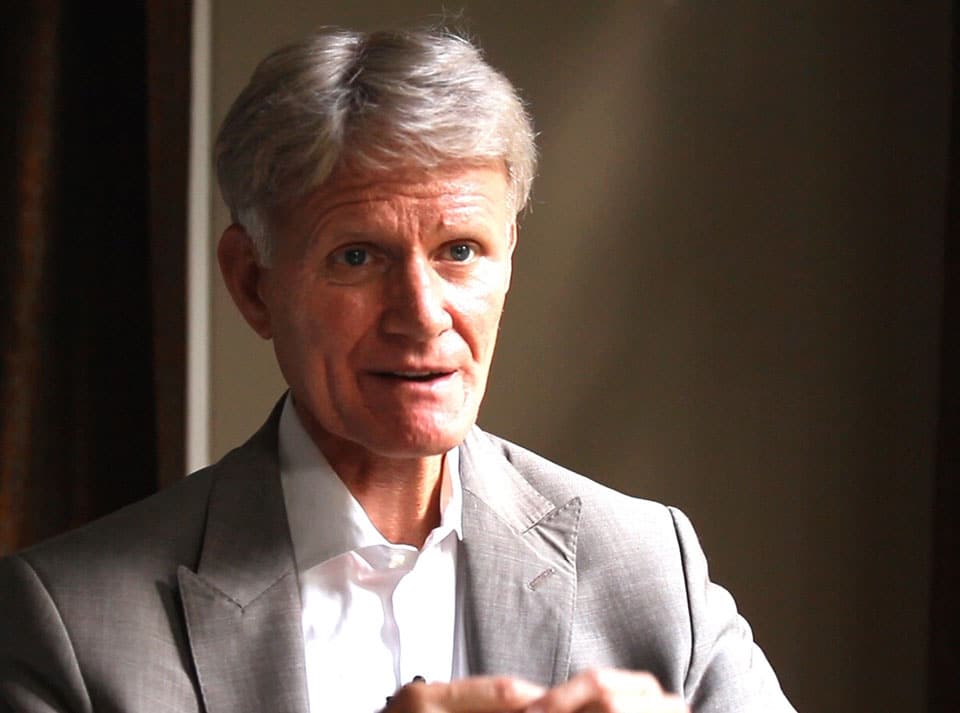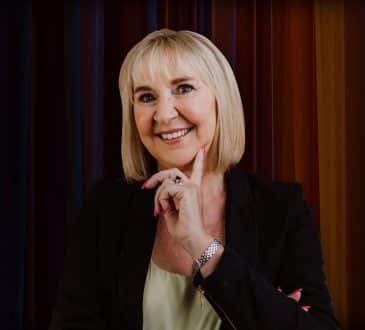Airline Woes & Lessons in Corporate Responsibility

Airlines are in the news these days for all the wrong reasons — things like the tragic D.C. American Airlines regional jet collision, the Delta Airlines Toronto crash landing, and the Southwest Airlines layoffs. All these come on the heels of Boeing’s manufacturing problems, which led to tragic consequences.
What can the leaders of these companies do to change this dire trajectory? As a former toxic CEO who crashed, burned, and underwent a personal transformation (as chronicled in the documentary feature film “Confessions of a CEO: My Life in an Out of Balance World”), I have some thoughts to share.
As an entrepreneur who grew a company from a startup to $200 million in sales ($350 million in today’s dollars), I’ve been friends and colleagues with many corporate leaders. As chairman of The Gramercy Fund, a socially responsible venture capital fund, we have invested in over 100 companies that are doing good things in the world. Over the decades I have seen first-hand the dangerous shift in corporate America toward prioritizing people over profits.
Recently, Congress held a hearing on the Jan. 29 midair collision between an American Airlines passenger jet and an Army helicopter near Washington, D.C., that killed all 67 people aboard both aircraft. The hearing showed the Federal Aviation Administration already had data showing an alarming number of close calls around Ronald Reagan National Airport, but didn’t spot the trend.
The investigation is in its early stages, so we will have to wait to see if there are lessons in greater corporate responsibility that could be learned amid the FAA’s failures. However there are some lessons to be learned from the other recent airline troubles.
DELTA FLIER COMPENSATION
On Feb. 17, a Delta airliner flipped upside down on a snowy Toronto runway. Miraculously, all 80 people on board survived, although some suffered relatively minor injuries. Delta wasted no time by offering each passenger on the Minneapolis-to-Toronto flight $30,000 in compensation.
Is $30,000 the right compensation? Is it worth the physical and emotional injuries, which may last a lifetime for some? Is one-size-fits-all fair? This immediate compensation appears generous, but we must examine its adequacy in addressing potential long-term physical and emotional trauma. The after-tax $20,000 may not fully compensate passengers who experience lasting effects.
Those are questions each passenger will answer for themselves. To Delta’s credit, they offered this payment with no strings attached, meaning the passengers don’t give up their right to sue Delta for physical or emotional harm. Yet Delta knows that this payment will likely be enough to prevent some from entering costly litigation.
We should credit Delta’s decision to provide this payment without requiring passengers to waive their right to legal action. Though this goodwill gesture may indeed discourage some passengers from pursuing litigation, it represents an immediate acknowledgment of the incident’s severity.
Let’s also recognize Delta’s immediate handling of this emergency. The crew’s efficient and compassionate evacuation of passengers was an exemplar of well-trained professionalism. Delta’s total response shows commendable corporate behavior, even as questions remain about the adequacy of standardized compensation for diverse individual experiences.
SOUTHWEST AIRLINES’ HUGE LAYOFF
The same day as the Toronto crash landing, Southwest Airlines announced it would slash 15% of its corporate workforce, its first major layoff in 53 years. Southwest founder Herb Kelleher is rolling over in his grave. Herb was my idol. He founded Southwest in 1967 and was its CEO until 2001. He was the most employee-friendly CEO ever. He treated their employees with respect and value, putting “people over profits.”
How did that affect their profitability? The commitment and loyalty that treatment earned made Southwest among the most profitable airlines. Under Kelleher’s leadership, Southwest recorded 26 consecutive years of profitability, which no other airline could lay claim to at the time.
Meanwhile, current Southwest CEO Bob Jordan earned $9.3 million in total compensation in 2023 — approximately 104 times the average employee’s pay. In the 1970s, CEOs made about 20 times the average worker’s salary. Yet, Jordan says cutting jobs is just fine.
BOEING’S MANUFACTURING WOES
When Boeing merged with McDonnell Douglas in 1997, it made them the largest aerospace company in the world. Boeing’s headquarters were located in Seattle at its Everett Production Facility from its founding until 2001. They then moved their headquarters from their manufacturing facilities first to Chicago in 2001 and then Arlington, Va. In 2022. According to whistleblowers, the company’s focus shifted from building a great airplane to making more money.
In the intervening years, Boeing’s 737 Max has had two crashes that killed all on board (346 people died in two similar crashes in less than five months between October 2018 and March 2019). Last year, missing door bolts caused a door to come off mid flight for an Alaska Airlines 737. The fact that no one was sitting in the seat next to the gaping hole that appeared in the side of the plane was cited as a key reason no one died.
Whistle blowers said Boeing has changed since its merger with McDonnell Douglas. Previously, employees in Boeng’s manufacturing facility had great control over processes. Employees said that one person could stop the plane from being completed if they were concerned with anything in their plane construction. Last year, an engineer testified before the Senate that the company is rushing to produce as many planes as possible and taking manufacturing shortcuts that could lead to jetliners breaking apart.
To make matters worse, public records showed that until a recent strike, Boeing’s C-suite leaders got huge pay increases while machinists got a one percent pay increase over several years.
Focusing on profits over safety and employee well-being is a recipe for disaster, and a clear sign of a corporate culture driven by greed over responsibility. It’s time for Boeing leadership to change course and shift to a more sustainable model — one that puts quality control, passenger safety, and employee wellbeing back at the forefront of every plane.
Written by Tom Gegax.
Have you read?
The World’s Best Medical Schools.
The World’s Best Universities.
The World’s Best International High Schools.
The World’s Best Business Schools.
The World’s Best Fashion Schools.
The World’s Best Hospitality And Hotel Management Schools.
Bring the best of the CEOWORLD magazine's global journalism to audiences in the United States and around the world. - Add CEOWORLD magazine to your Google News feed.
Follow CEOWORLD magazine headlines on: Google News, LinkedIn, Twitter, and Facebook.
Copyright 2025 The CEOWORLD magazine. All rights reserved. This material (and any extract from it) must not be copied, redistributed or placed on any website, without CEOWORLD magazine' prior written consent. For media queries, please contact: info@ceoworld.biz








